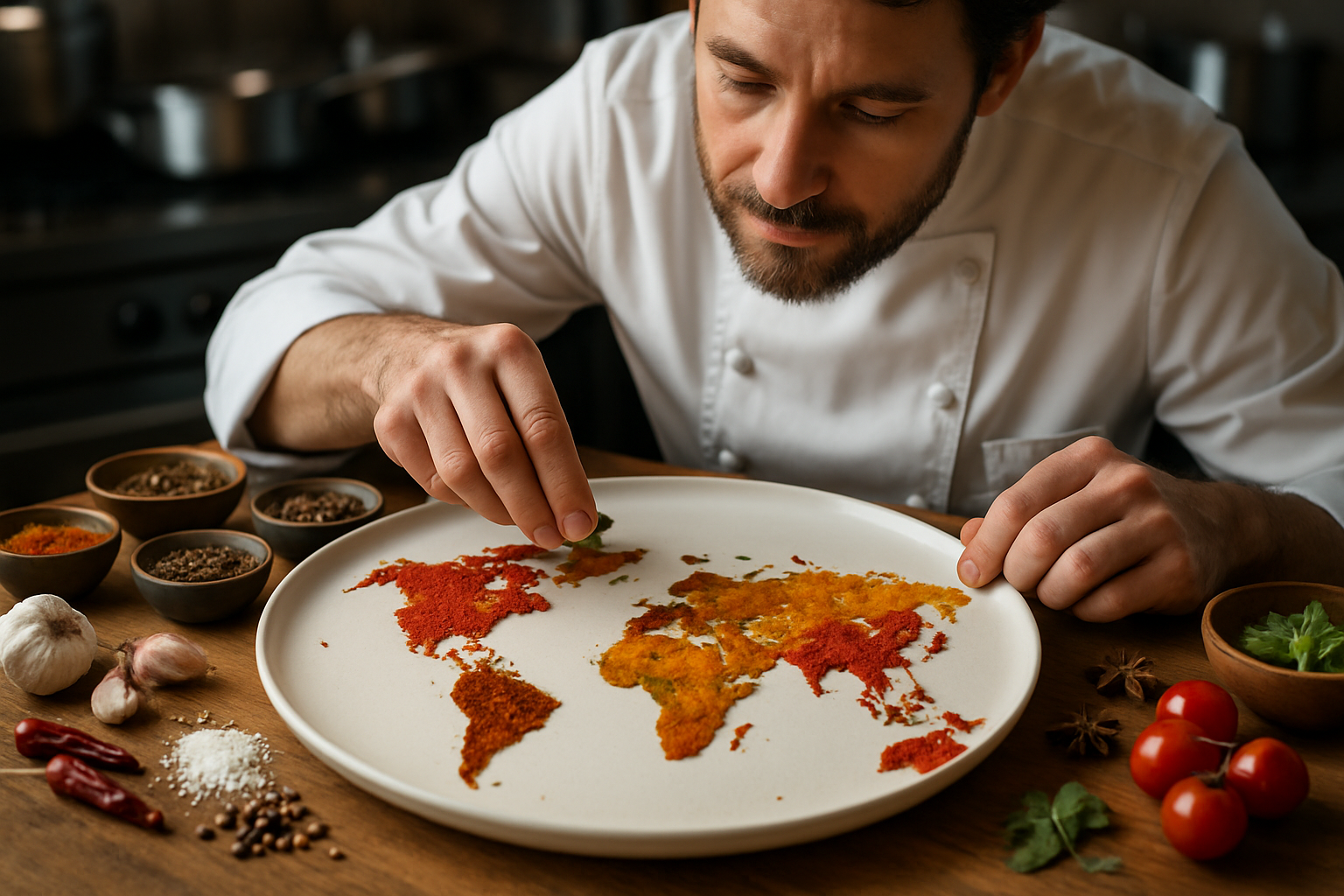Culinary Alchemy: Transforming Leftovers into Gourmet Delights
Breathe new life into yesterday's meals with the art of culinary transformation. This guide explores innovative techniques to elevate leftover ingredients, turning mundane remnants into mouthwatering masterpieces. Discover the secrets of flavor pairing, texture enhancement, and presentation finesse that will revolutionize your approach to meal planning and reduce food waste.

Texture Makeover: From Soggy to Sublime
One of the biggest challenges with leftovers is maintaining or improving texture. Crispy elements often become soggy, while once-tender meats can dry out. The solution? Strategic cooking methods that revitalize textures. For instance, transform limp vegetables into crispy fritters by chopping them finely, mixing with a light batter, and pan-frying until golden. Alternatively, give new life to day-old bread by turning it into crunchy croutons or a savory bread pudding. For meats, consider shredding and incorporating them into a hearty stew or using them as a filling for crispy empanadas, where the contrast between the crisp exterior and tender interior creates a delightful textural experience.
Flavor Fusion: Marrying Old and New
The art of flavor pairing is crucial when working with leftovers. Start by identifying the dominant flavors in your leftover ingredients and think about complementary or contrasting tastes that could elevate them. For example, leftover roast chicken can be transformed into a zesty Thai-inspired salad with the addition of fresh lime juice, fish sauce, and chili. Or, reimagine yesterday’s plain rice by sautéing it with aromatic spices, vegetables, and a protein source to create a vibrant biryani. The key is to introduce new flavors that harmonize with the existing ones, creating a dish that tastes intentional rather than repurposed.
Presentation: The Power of Plating
Even the most humble leftovers can be elevated through thoughtful presentation. Consider the visual appeal of your transformed dish by playing with colors, heights, and textures on the plate. For instance, turn leftover mashed potatoes into elegant quenelles, or use them as a creamy base for a deconstructed shepherd’s pie. Garnish with fresh herbs, a drizzle of infused oil, or a sprinkle of toasted nuts to add visual interest and flavor complexity. Remember, we eat with our eyes first, so taking the time to plate your creation beautifully can transform the perception of leftovers from mundane to magnificent.
Cross-Cultural Culinary Adventures
Embrace global cuisines as inspiration for your leftover transformations. Many traditional dishes around the world were born from the need to use up excess ingredients. Take cues from Italian cuisine by turning stale bread and tomatoes into a refreshing panzanella salad, or look to Mexican traditions by using leftover meats and vegetables in flavorful enchiladas. Asian cuisines offer endless possibilities for transforming rice and vegetables into fried rice or noodle dishes. By adopting techniques and flavor profiles from different cultures, you can take your leftovers on a world tour, expanding your culinary horizons in the process.
Leftover Transformation Tips
• Always cool and store leftovers properly to maintain food safety and quality.
• Think beyond reheating – consider how ingredients can be repurposed into entirely new dishes.
• Use strong flavors like herbs, spices, and citrus to revitalize bland leftovers.
• Experiment with different cooking methods to improve textures (e.g., grilling, broiling, or frying).
• Combine small amounts of various leftovers to create eclectic fusion dishes.
• Keep a well-stocked pantry with versatile ingredients to enhance leftover transformations.
In conclusion, transforming leftovers is an art that combines creativity, culinary skill, and resourcefulness. By embracing this approach, you not only reduce food waste but also challenge yourself to become a more innovative and adaptable cook. The next time you open your refrigerator, see it as an opportunity to create something extraordinary from the ordinary. With a little imagination and the techniques explored here, you can turn every meal into a gourmet adventure, proving that yesterday’s dinner can become tomorrow’s culinary masterpiece.





